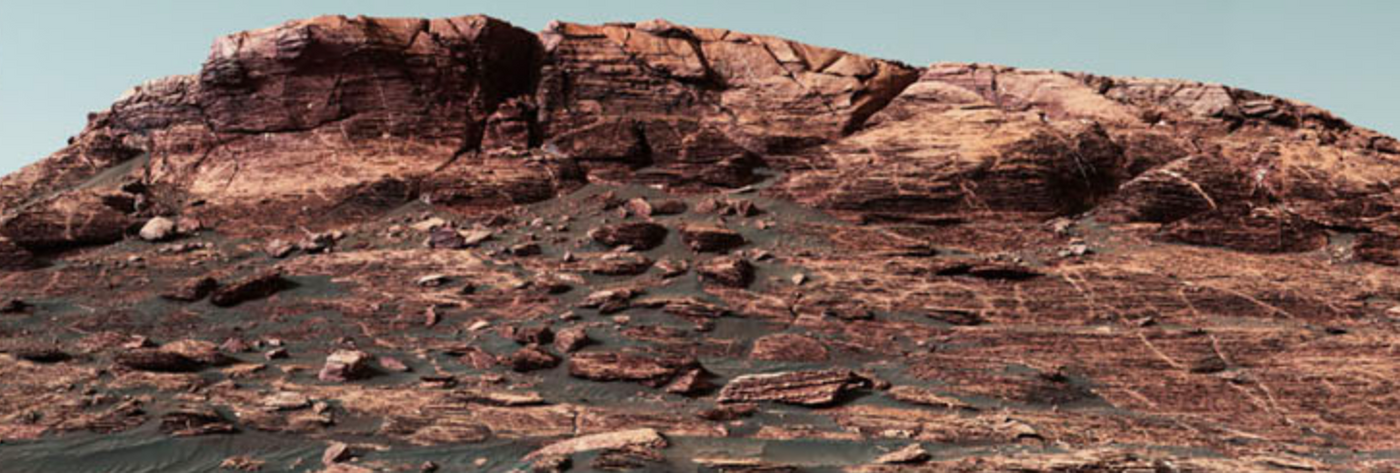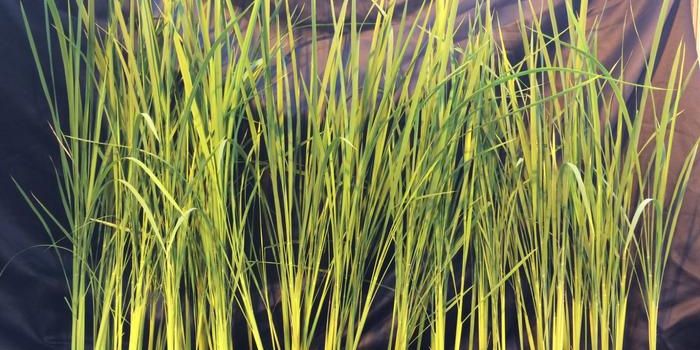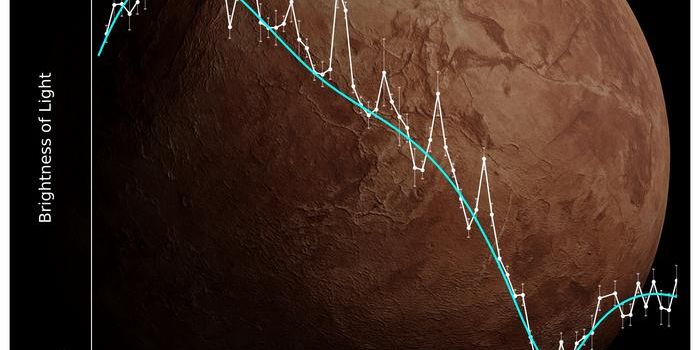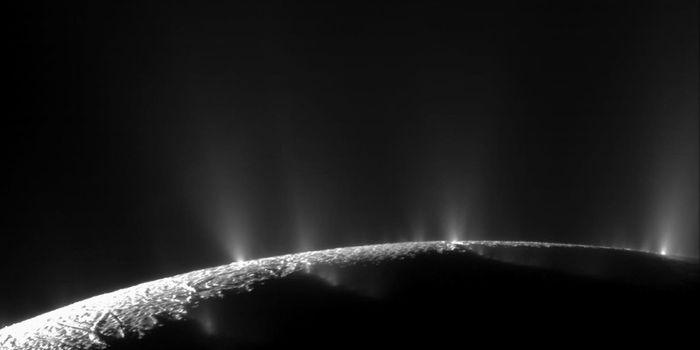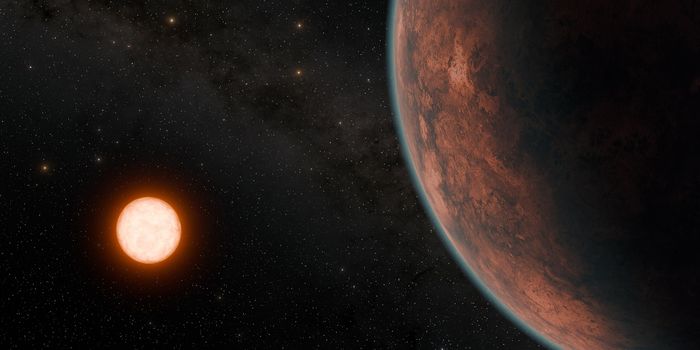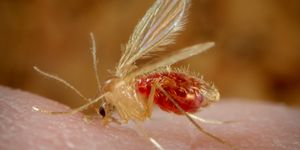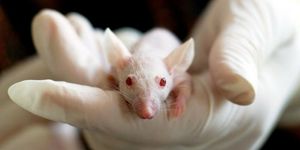NASA's Curiosity Rover Begins its Climb Up Vera Rubin Ridge
A whole host of landers, orbiters, and rovers study the Martian surface day in and day out for clues about its environment and its puzzling past, but despite having so much going on to explore Mars at any given time, many unanswered questions remain.
Perhaps one of the most famous Martian missions of all is a rover named Curiosity. It’s a vehicle-sized mobile laboratory that rolls around, snaps pictures, and zaps Martian rocks with lasers to learn more about their chemical composition.
Image Credit: NASA
While Curiosity has roamed the Martian surface since 2012 and signs of wear and tear are beginning to show on the rover’s large aluminum wheels, NASA isn’t leaving any rock unturned. The space agency has officially assigned a new project to the persistent little explorer.
According to a public statement issued by the space agency this week, Curiosity is now ascending to the top of Vera Rubin Ridge, a location of interest that has piqued researchers’ curiosity for years.
Image Credit: NASA/JPL-Caltech/MSSS
Curiosity has already studied the base of the ridge in detail, but this will be the first time the rover climbs to the top to investigate unexplored regions. In doing so, Curiosity will travel over one-third of a mile and climb almost 213 feet higher than its current elevation.
"We're on the climb now, driving up a route where we can access the layers we've studied from below," said Abigail Fraeman, a Curiosity science-team member with NASA.
"As we skirted around the base of the ridge this summer, we had the opportunity to observe the large vertical exposure of rock layers that make up the bottom part of the ridge," Fraeman, continued. "But even though steep cliffs are great for exposing the stratifications, they're not so good for driving up."
Related: Check out this rad selfie taken by NASA's Curiosity rover on Mars
Among many of the features that make this ridge unique is its dense concentration of the iron oxide mineral hematite. Scientists hope that by exploring the ridge up close, they'll learn more about why the structure isn’t corroding like other Martian features do and figure out the source of the hematite.
On the other hand, it won’t be an uninterrupted drive. Curiosity will make a series pit stops throughout the climb, sampling rocks as it goes to learn more about how the rock appearance and chemical composition changes along the way
Mars orbiters have helped planetary scientists mark important regions where the rover will stop and conduct testing. Curiosity is already programmed to handle everything autonomously, so all we have to do now is sit back and wait for the data to roll in.
Source: NASA

